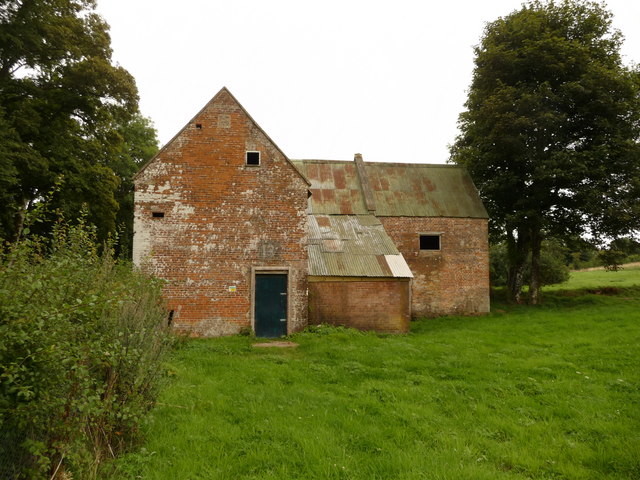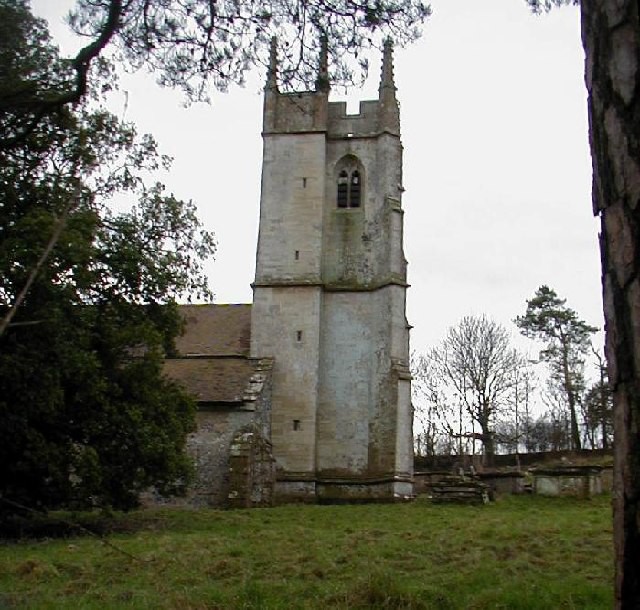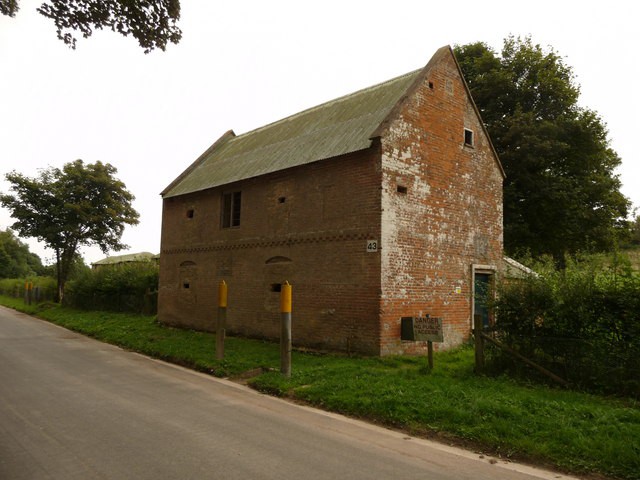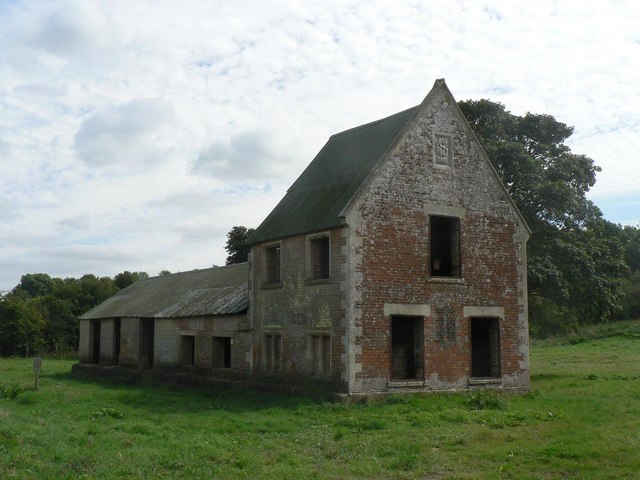The town of Imber, near Trowbridge, in Wiltshire, was evacuated on December 17, 1943. The U.S. Army needed it to practice for the D-Day invasion.
The south of England was full of Allied troops in the lead-up to D-Day and they need space and land for training and other purposes. The British government to facilitate them, often took over the property and the land of private citizens. This was seen as necessary and part of the national war effort.

The case of Imber is unique.
Residents believed that they would be allowed to return after the war, but 70 years later, the Ministry of Defence still uses the town for training, deeming it to be too important to the military to return to civilians.
The town is opened to the public over the Easter Bank Holiday weekend, allowing interested locals a chance to visit the ghost town. The pub, manor house, and cottages are in disrepair. The most striking feature nowadays are the rows of basic, custom-built houses designed for military training. The town is from a past age and visiting it -one feels as if you are going back in time. The village is a time-capsule.

The church, though, is in full working order even though Imber has no electricity or running water.St. Giles Church is part of the Diocese of Salisbury. It was renovated in 2008 for £300,000 as part of the Churches Conservation Trust national project.
The town’s 152 residents were given 47 days to leave. Despite legal challenges over the years, residents have not been allowed to return. The War Offices (now the Ministry of Defence) had purchased all the land of the town. Therefore, all the residents were merely tenants and they have no right to return.
There is one group that has been allowed to return to the town permanently: former residents who die are allowed to be buried in the church cemetery. Many of the old inhabitants still have a connection to the old village.

In one of many protests against the evacuation, in January 1961 2,000 trespassed onto the property in an effort to force the government to return the land. The case of Imber has remained controversial since the end of the war.
Ten years later, evidence was heard at the Defence Land Committee hearing concerning Imber. The committee ultimately decided that the land was too important to the military to return. For the old residents of the village the war in a sense has never ended.
